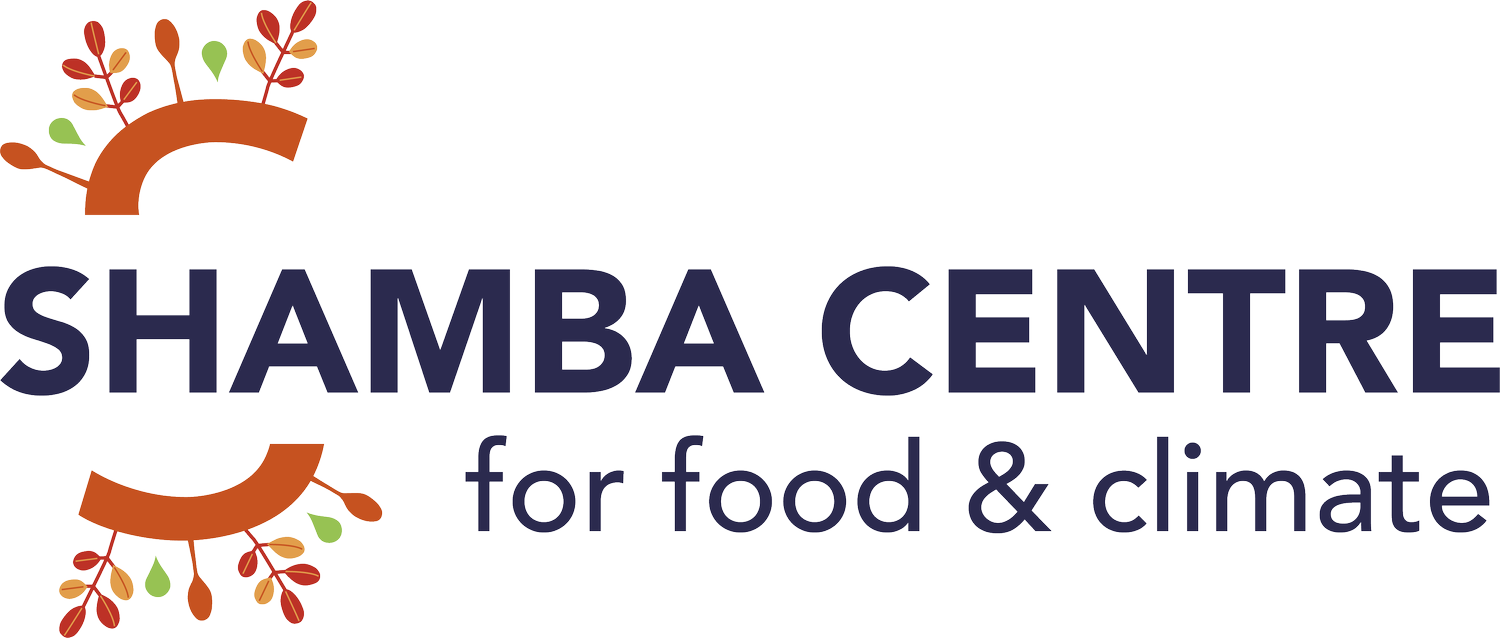
Finding solutions to our food crises by addressing our blind spots
The below piece is based on the speech that Francine Picard, Co-founder of Shamba Centre and Director of Partnerships, gave during the opening session of the GIZ Partners for Change Conference held in Nairobi, Kenya on 26 June 2024.
How can we describe the multi-dimensional food crises that we are currently facing? Some descriptions recognise its wide-ranging impact on areas such health, inequity, resilience and sustainability. However, another description is more applicable: blind spots.
Every bite of food we eat is the product in a chain of interconnected events. These events not only influence our ecological, economic and social systems but they are also influenced by them. Yet, how many of these interactions remain outside of our field of vision?
Malnutrition and hunger are the result of poorly orchestrated food systems. Our inability to perceive these blind spots results in 11 million deaths per year. We need to move beyond producing in quantity and instead produce more wisely, distribute more fairly and consume more thoughtfully.
Agroecology offers a positive example. Adopting sustainable agricultural practices that are designed to generate multiple and interconnected outcomes can simultaneously revitalise soil health, increase biodiversity, reduce carbon emissions and improve local communities' nutrition. However, agroecology should not be viewed as a universal remedy but rather as part of a broader palette of interventions.
Our food challenges have no borders, and neither should our solutions. By acknowledging our blind spots, we are compelled to collaborate beyond borders and sectors, to create alliances between governments, businesses, NGOs and farming communities and to design solutions that address the complex challenges of our time. By adopting a vision that encompasses our current blind spots, we can trigger a more comprehensive response to food crises. Our solutions should not serve as a patch to the symptoms but rather root out the disease at the core.
Finding solutions to tackle our challenges
The Shamba Centre offers three recommendations to tackle our current food challenges.
First, we must act on evidence with an approach that is holistic and evidence-based. Ceres2030 represented a revolution in how to achieve SDG 2. By identifying ten intervention areas that could double smallholders' incomes and eradicate hunger within the confines of the Paris Climate Agreement, it offered a holistic response. What made Ceres2030 unique was its approach to multiplying the effects of interventions. By implementing them in the right place and at the right time, we could maximise their effectiveness.
Ceres2030 calls on governments and donors to mobilise $330 billion by 2030. To implement this effort, Ceres2030’s successor, Hesat2030, develops new tools, such as the Food Security and Nutrition Aid Tracker, to make this possible. It implements the Ceres2030 recommendations through initiatives such as the Zero Hunger Coalition which is working with countries to identify and implement the most effective and efficient solutions. Like Ceres2030, Hesat2030 places science at the core of the fight against food insecurity and adopts a holistic approach to complex problems. And it expands the scope of action by integrating healthy diets and equity.
Second, we must prioritise bold and strategic long-term investment to break the incessant cycle of crises. It is time to go beyond emergency responses and truly address the underlying causes of food insecurity: precarious living conditions, lack of resources, limited economic opportunities and underdeveloped human capital. Integrating sustainable development strategies with emergency aid is imperative for profound and lasting change. Shocks will continue, but to prevent shocks from transforming into crises, we must build resilience with long-term strategies.
Take cash transfers, for example. Beyond stimulating immediate consumption, they must serve as a lever for investment in productive activities. These funds, when accompanied by targeted technical support, encourage households to adopt innovative, resilient, and sustainable agricultural practices. In addition, replenished village savings and credit open new investment opportunities that not only generate income but also strengthen economic autonomy and allow households to thrive.
Third, as public support for agriculture dwindles, we must seek alternative sources of funding to bridge the investment gap. A number of innovative approaches are available, and, among these, blended finance offers the most promising. It merges public and private capital to maximize social impact while mobilising large-scale investments. Seed capital from grants can be used to leverage private finance.
Our recent study with the Global Donor Platform for Rural Development (GDPRD) shows that for every dollar of guaranteed capital provided, up to four dollars of private financing can be mobilised. This will significantly increase the resources available for agriculture and food systems. The catch, however, is ensuring that the financing offers a sustainable development impact. A comprehensive analysis must consider additionality – the alignment with development goals and other factors to ensure that the desired positive outcomes for development are achieved without distorting market.
Development financial institutions (DFIs) are also drivers of sustainable development with substantial resources at their disposition. However, they are governed by rules that discourage them from taking risks. For this reason, we need to empower them with dedicated funds that can use for blended finance risk.
Resolving our current food crises will not happen overnight. Solutions will take time to implement and to deliver results. Yet solutions are not a luxury but a necessity to forge a future where crises are no longer inevitable but rather challenges that can be surmounted.
Now is the time to take a radical approach on how we address our food systems and the crises that they engender. Can we afford to wait?
